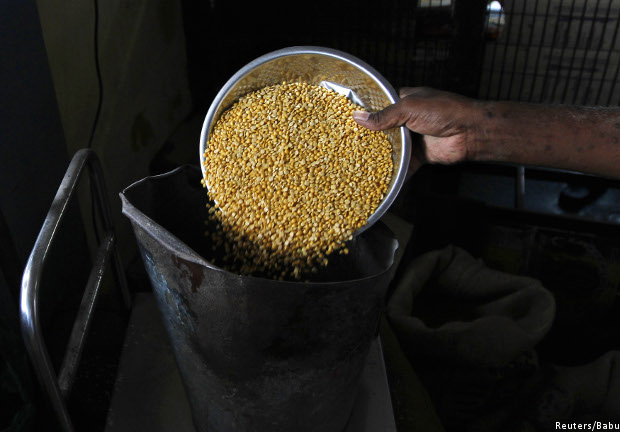Over 10 Years, Subsidies Grew Fastest: 7 Big Budget Numbers
As Finance Minister Arun Jaitley presents his third budget on Monday, February 29, 2016, our analysis of how seven parameters changed over 10 years (2006 to 2015) reveals that subsidies grew fourfold.
The rise in subsidies was echoed by the Economic Survey, which said that of the Rs 2.4 lakh crore ($34.8 billion) subsidy bill, Rs 1.03 lakh crore ($14.9 billion) goes to those who do not need it. "Bounties for the well-off", as the Survey called them, include six commodities: Cooking gas, electricity, kerosene, railways, aviation fuel, public provident funds and gold--the last being taxed 1.6% or less, compared to 26% tax on "normal goods".
This is how the seven parameters we analysed changed over a decade:
With India set to grow at 7.6% during the current financial year (2015-16), according to advance estimates released by the government, Budget 2016 will make it clear how the government hopes to make this happen.
Real gross domestic product (GDP) at constant (2011-12) prices is likely to be Rs 113.51 lakh crore ($1.7 trillion) in 2015-16 as against the first revised estimate for 2014-15 at Rs 105.52 lakh crore ($1.5 trillion), the official statement said.
The Bharatiya Janata Party (BJP)-led National Democratic Alliance (NDA) government has launched these major initiatives to boost growth: the Make-in-India manufacturing drive, the Pradhan Mantri Paramparik Krishi Vikas Yojana (Prime Minister’s Traditional Farming Development Programme) to boost agriculture growth, and the government is easing foreign investment norms for the services sector.
Source: Budget documents (Trends in receipts, Trends in expenditure) Note: Figures in Rs crore; 2014-15: Revised Estimates; 2015-16: Budget Estimates
Finance Minister Arun Jaitley also pushed the Pradhan Mantri Jan Dhan Yojana (JDY), Prime Minister’s People’s Wealth Programme, unique identification number (Aadhaar) and mobile—collectively referred to as JAM--during his speech in February 2015.
JAM continues to be a work-in-progress, with JDY moving slowly, as is the process of linking Aadhaar to bank accounts, as IndiaSpend reported last week.
The government will likely accelerate the process of handing over social-sector programmes to states, although many states, especially poorer or poorly administrated ones, do not appear to be ready, as we reported.
With the Centre transferring Rs 5.24 lakh crore ($831.7 billion) in tax money to states under the "devolution" process, a rise of 55%, health and education spending saw a 20% budget cut last year, we also reported.
So, what will the finance minister do on Monday?
We welcome feedback. Please write to respond@indiaspend.org. We reserve the right to edit responses for language and grammar.
__________________________________________________________________
Liked this story? Indiaspend.org is a non-profit, and we depend on readers like you to drive our public-interest journalism efforts. Donate Rs 500; Rs 1,000, Rs 2,000.



